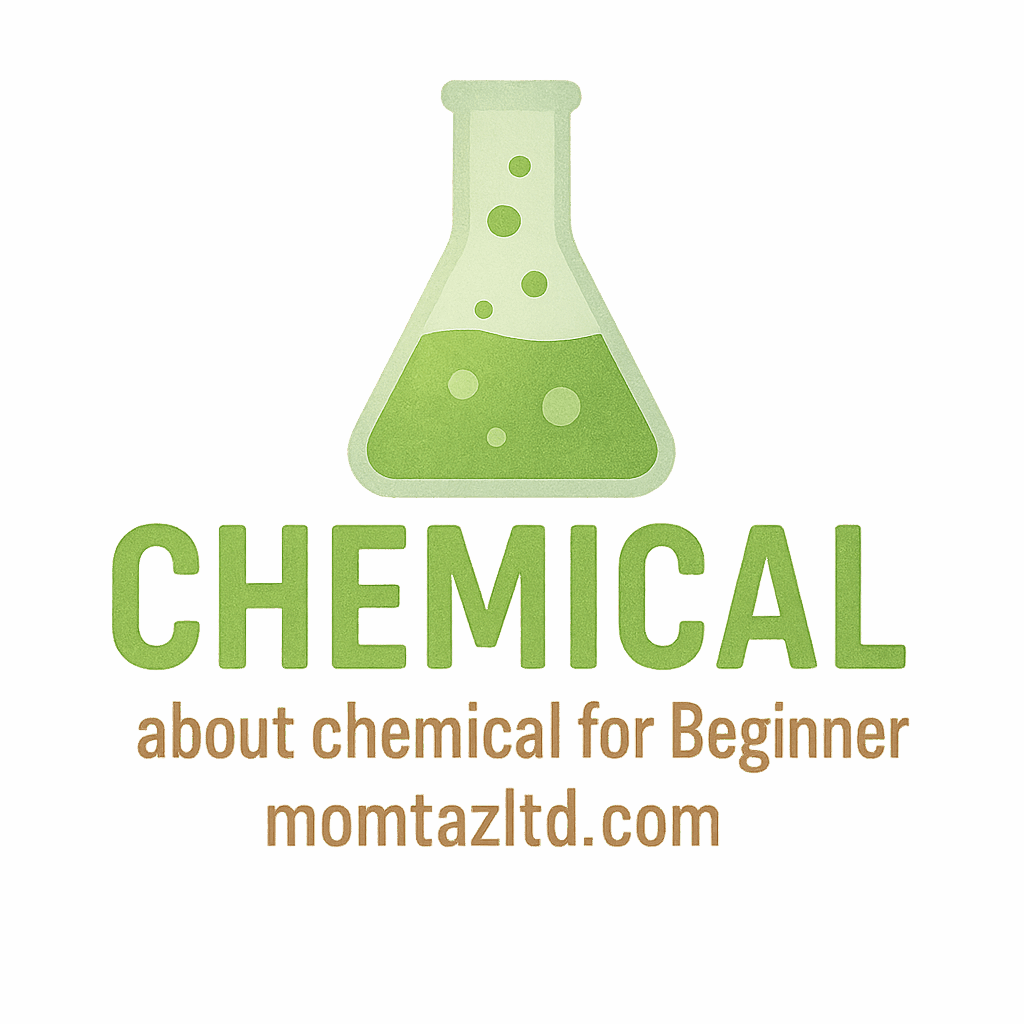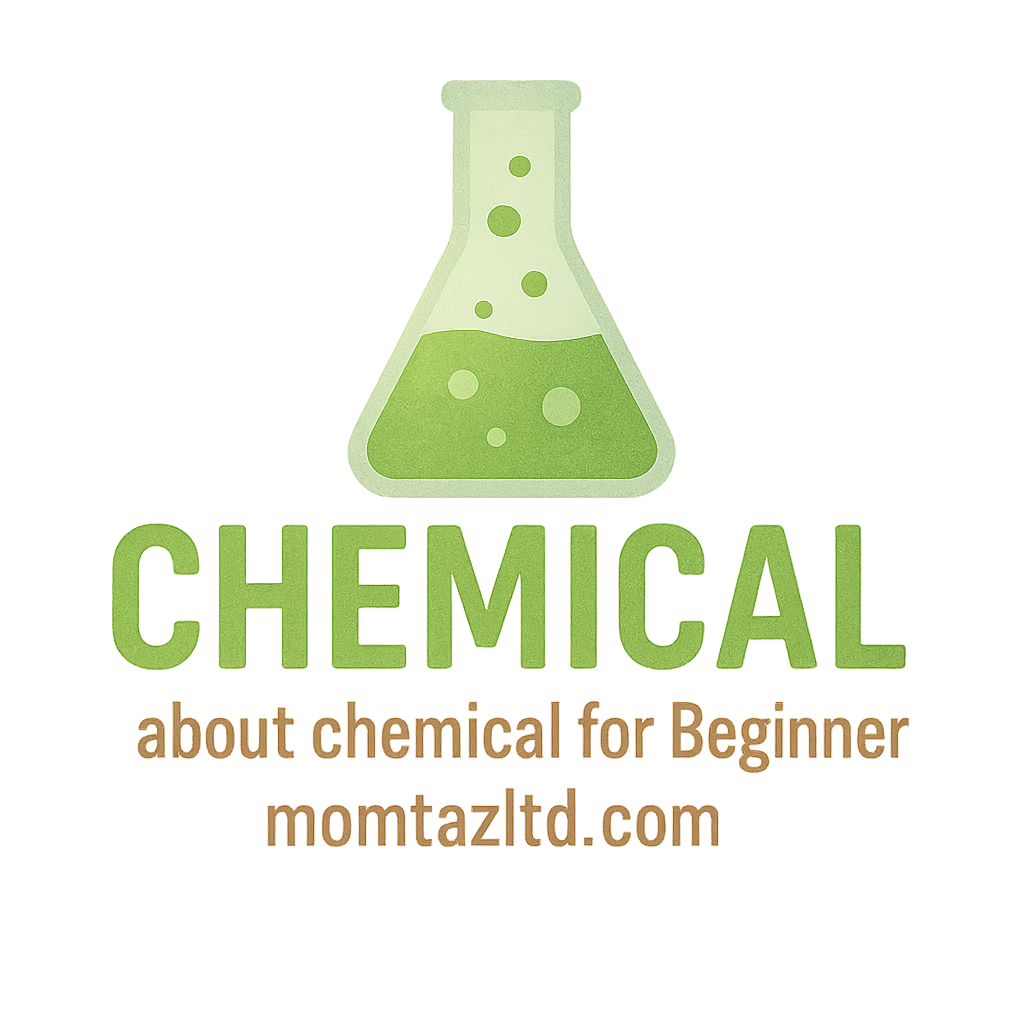Introduction: Understanding Chemical Reactions
Chemical reactions are at the heart of scientific experimentation, particularly in laboratories. Whether you’re working with household chemicals or complex industrial substances, reactions are the driving force that powers countless processes and products. Observing these reactions in the lab not only provides valuable insights but also helps ensure safety and accuracy in experiments.
But what exactly is a chemical reaction? In simple terms, a chemical reaction occurs when substances combine to form new substances. The bonds between atoms or molecules break and form new connections, resulting in a change. Some of these changes are immediately visible, while others may require specialized instruments to detect.
In this article, we will discuss 9 visible signs of a chemical reaction that can help you understand and identify these fascinating changes right in the lab.
What is a Chemical Reaction?
A chemical reaction involves the transformation of reactants into products. These changes often involve changes in energy, matter, and properties. For example, when sodium reacts with chlorine, it forms sodium chloride (table salt), a completely new substance with different properties from the original elements.
Why Are Chemical Reactions Important in Labs?
Chemical reactions allow scientists to test hypotheses, discover new compounds, and analyze the behavior of materials under different conditions. Understanding the signs of these reactions is crucial for both beginners and experienced chemists. Recognizing visible indicators helps avoid errors and ensures that experiments are carried out safely and accurately.
Sign 1: Color Change
How Color Changes Indicate a Chemical Reaction
One of the most noticeable signs of a chemical reaction is a change in color. This happens because the chemical composition of a substance has altered, often resulting in different wavelengths of light being absorbed or reflected.
Common Examples in the Lab
In the lab, you might see the color change when an acid reacts with a base, such as the change from yellow to red in phenolphthalein when exposed to an acid. The famous “rusting” of iron also involves a color change, from shiny metal to a reddish-brown color, which signifies a chemical reaction between iron and oxygen in the presence of moisture.
Sign 2: Formation of a Precipitate
What Is Precipitation in Chemical Reactions?
Precipitation occurs when two clear liquids react to form a solid. This solid, called a precipitate, is often a new compound that forms because the reaction between the liquids produces an insoluble substance.
Common Lab Examples of Precipitate Formation
A common example of precipitation in the lab occurs when silver nitrate reacts with sodium chloride, forming a white precipitate of silver chloride. This is a classic example of a double-displacement reaction.
Sign 3: Gas Formation
Understanding Gas Production in Reactions
When a chemical reaction produces gas, this is often an unmistakable sign that a chemical change has taken place. Gases are usually produced when substances break apart or react in ways that release molecules into the air.
Lab Examples of Gas Formation
An example would be when zinc reacts with hydrochloric acid, producing hydrogen gas. Another example is when baking soda reacts with vinegar, creating carbon dioxide gas, which results in bubbling and effervescence.

Sign 4: Heat or Light Emission
The Role of Energy in Chemical Reactions
Chemical reactions can either release or absorb energy in the form of heat or light. An exothermic reaction releases energy, while an endothermic reaction absorbs it.
Examples of Heat and Light Emission in the Lab
One common exothermic reaction you can observe in the lab is the combustion of materials, where light and heat are emitted. When magnesium burns in air, it produces a bright white light, signaling a strong chemical reaction.
Sign 5: Change in Temperature
What Temperature Changes Indicate
A change in temperature often accompanies a chemical reaction, signaling that energy has been released or absorbed. If a reaction feels hot or cold to the touch, it’s likely undergoing a chemical change.
Real-life Lab Examples of Temperature Change
For example, when mixing sulfuric acid and water, the reaction releases a significant amount of heat, indicating an exothermic reaction. In contrast, when ammonium nitrate is dissolved in water, it absorbs heat, creating a cooling effect.
Sign 6: Change in pH Levels
The Role of pH in Chemical Reactions
pH is a measure of how acidic or basic a solution is. When substances react, they often cause a shift in pH levels. A significant change in pH is a clear indication of a chemical reaction.
pH Changes in Common Lab Reactions
For instance, when an acid like hydrochloric acid reacts with a base like sodium hydroxide, the pH moves from acidic to neutral. The use of pH indicators like litmus paper or phenolphthalein can make these changes visible.
Sign 7: Smell of Gases or Substances
How Smell Can Indicate a Chemical Change
Some chemical reactions release gases that have distinct odors. These smells can be used to identify specific reactions or products.
Common Lab Reactions with Odor
For example, the reaction between ammonia and bleach creates a strong, pungent odor due to the formation of chloramine gases. Similarly, the reaction between vinegar and baking soda produces a noticeable odor.
Sign 8: Effervescence
What Is Effervescence?
Effervescence is the release of gas bubbles from a liquid. It is often seen in reactions where carbon dioxide or other gases are produced, causing the liquid to bubble.
Examples of Effervescence in the Lab
An excellent example of effervescence in the lab is the reaction between citric acid and sodium bicarbonate (baking soda). When combined, they produce carbon dioxide gas, creating visible bubbles and fizzing.
Sign 9: Formation of a New Substance
New Substance Formation in Chemical Reactions
Perhaps the most profound sign of a chemical reaction is the formation of a completely new substance. This substance will have properties that are distinct from the original reactants.
Examples of New Substance Formation in Labs
One of the most familiar examples is the formation of water from the reaction between hydrogen and oxygen gases. This new compound has completely different properties compared to its original gases.
Conclusion: The Importance of Observing Chemical Reactions in Lab
Understanding the signs of a chemical reaction is essential in a lab setting. These visible changes help scientists determine what’s happening at a molecular level and ensure that experiments are being conducted safely and accurately. Whether you’re studying household chemicals, industrial chemicals, or laboratory chemicals, knowing how to spot these reactions will make your work more effective and safer.
By recognizing these nine signs of a chemical reaction, you will be better equipped to interpret experiments, avoid errors, and contribute to the ongoing exploration of chemical science.
FAQs
- What is the most common sign of a chemical reaction in the lab?
The most common signs are color change and gas formation. Both are easily visible and indicate that a chemical reaction has occurred. - How can I identify a gas formed during a reaction in the lab?
Gas formation can often be recognized by bubbles in the liquid or the presence of a distinct odor. - What is the importance of temperature change in chemical reactions?
Temperature changes indicate whether a reaction is exothermic (releases heat) or endothermic (absorbs heat), which is crucial for understanding the energy dynamics of a reaction. - Can chemical reactions occur without visible signs?
Yes, some reactions may not show immediate visible signs. For instance, reactions happening at the molecular level may not produce color changes or gases, but they still occur. - How does pH play a role in chemical reactions?
A significant shift in pH indicates that a chemical reaction has taken place, particularly when acids and bases react with each other. - Why is observing a chemical reaction important in a lab setting?
Observing reactions helps confirm whether an experiment is proceeding correctly and provides crucial information about the reaction products. - What should I do if a chemical reaction causes a dangerous change in the lab?
Always follow proper safety protocols, such as wearing protective gear, using fume hoods, and disposing of chemicals properly to avoid accidents or exposure to harmful substances.
This covers the 9 signs of a chemical reaction you can easily observe in the lab. To learn more about chemical reactions, make sure to explore Momtaz Ltd for detailed guides on chemical safety, industrial chemicals, and more!


